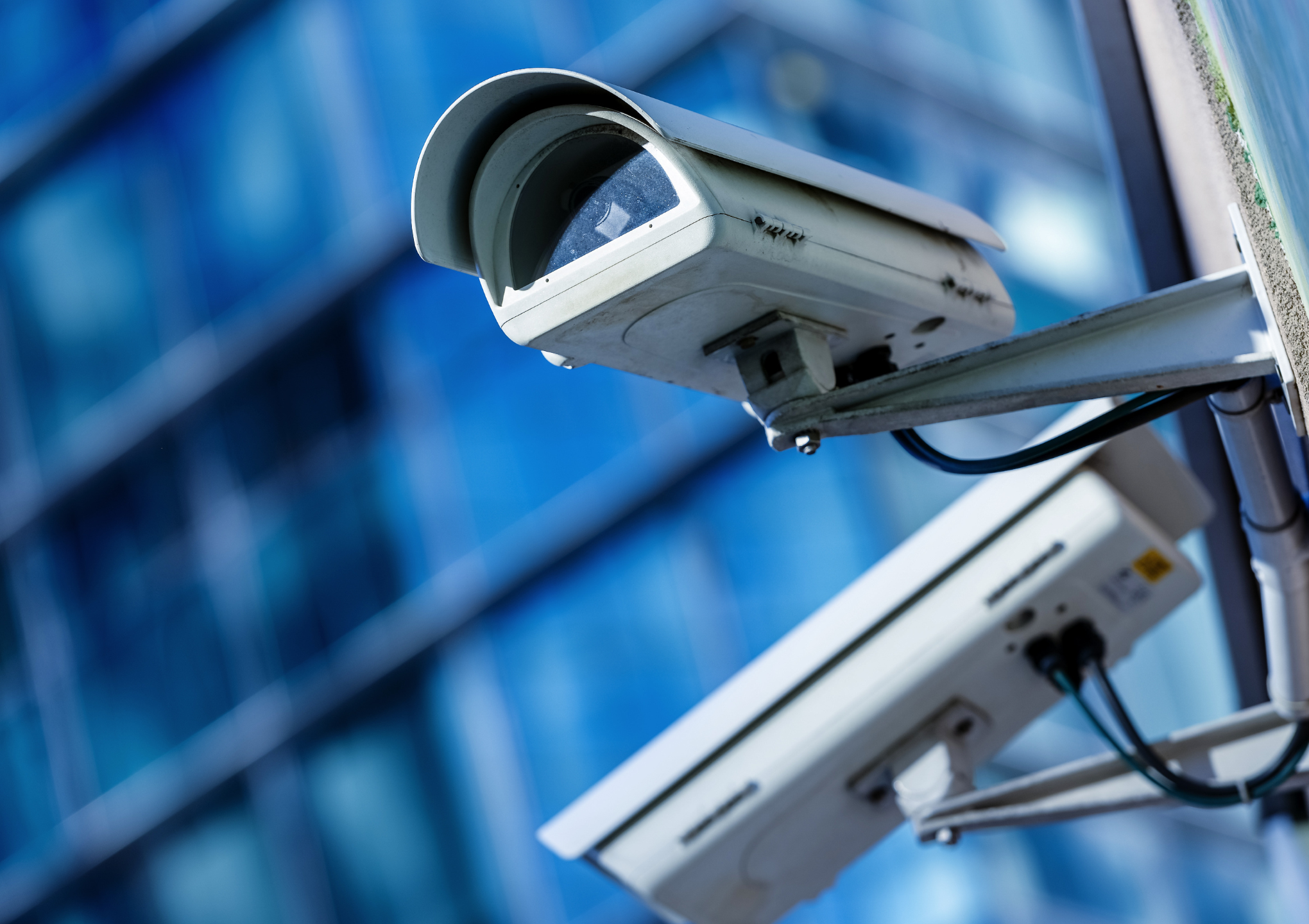Permanent observation
If you're out and about in the city in Austria, you can now expect to be caught on camera almost everywhere. Video surveillance has long been part of everyday life - in trains, buses, elevators, garages, shopping centers and even on the freeway.
Now the next step is being taken: Interior Minister Gerhard Karner (ÖVP) has presented a new decree to quintuple the number of places under surveillance. Until now, around 20 places, such as Vienna's Praterstern or Jakominiplatz in Graz, have been equipped with police cameras. Soon there will be over 100 locations.
Why, where and how should there be more monitoring now?
The Ministry of the Interior has clear ideas on this: Recognizing dangers early and preventing criminal structures. In future, video surveillance is to be permitted wherever there is an increased risk of dangerous incidents according to an official assessment. In addition, where something has already happened in the past.
In practice, the process follows a fixed instance path:
- A security authority suggests a location.
- The Provincial Police Directorate examines the proposal and draws up an operational concept.
- The Ministry of the Interior decides, with the involvement of a legal protection officer.
- If the measure is approved, the local police implement the surveillance.
Data protection, deletion periods, facial recognition - what is allowed?
Criticism of this development comes primarily from data protection organizations such as epicenter.works. They warn of a creeping loss of privacy and fear that the new surveillance technology could pave the way for automated facial recognition in the long term - even if this is not officially used at present.
An overview of the legal framework:
- Video surveillance must be visibly marked - for information reasons. At the same time, this acts as a deterrent.
- All collected data must be deleted after 48 hours.
- The confirmation of deletion is stored for three years.
- Live recordings are only permitted in exceptional cases, for example during major police operations or demonstrations.
What there should not be: blanket surveillance with facial recognition. According to the Ministry of the Interior, both the technical means and the legal basis for this are lacking.
Fundamental rights at risk?
Nevertheless, the NGO epicenter.works warns that the threshold for total surveillance is low - especially when artificial intelligence comes into play. Automatic facial recognition could be used to create movement profiles of citizens in just a few seconds. A scenario that is familiar to many from authoritarian states.
The Constitutional Court also takes a critical view of the matter. In an earlier decision on section control (speed limit monitoring on freeways), it was already stated that permanent surveillance of public spaces can be unconstitutional if it restricts fundamental rights.
Everyone under general suspicion
Security is a valuable asset - no question about it. But more cameras do not automatically mean more security. On the contrary: they can undermine trust in the state if they are used without clear boundaries. A camera can document, but it cannot prevent a crime. The expansion of video surveillance must not become the norm. Otherwise, we are moving dangerously close to a situation in which public space is no longer a place of freedom, but one of control.







